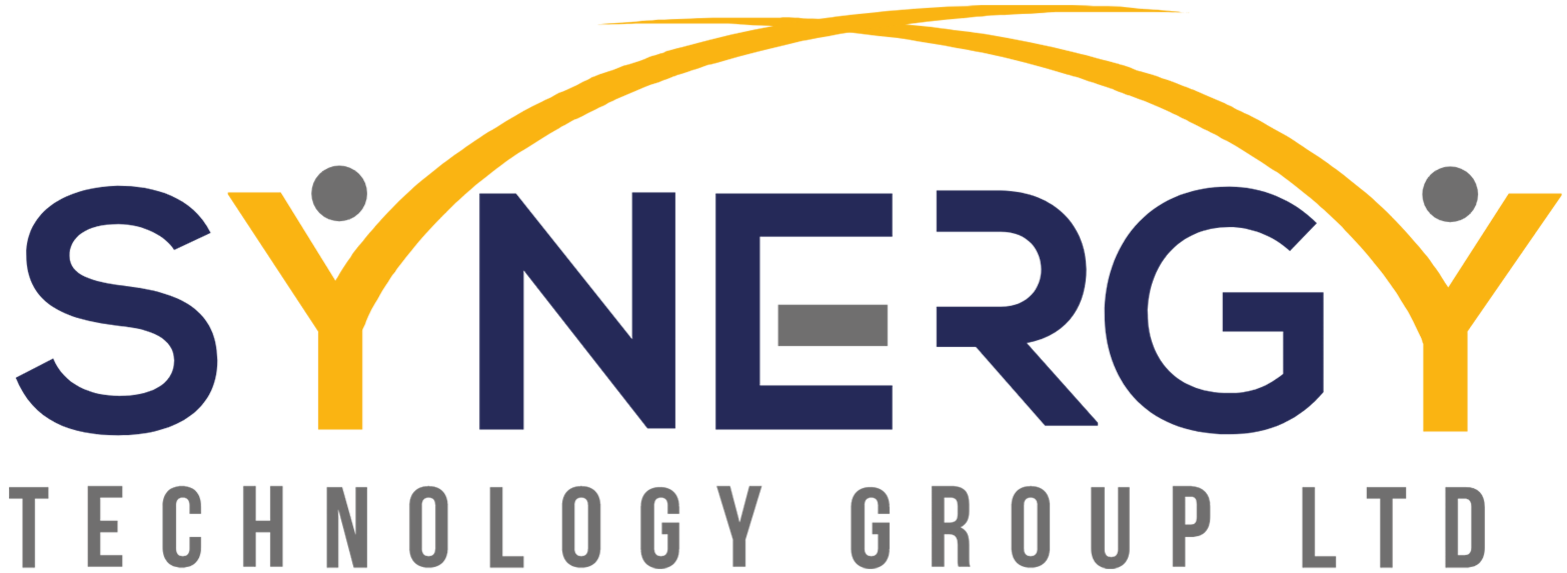Working alongside COVID-19 and meeting the changing needs of your Print, Copy, Scan and Document Workflow requirements.
Posted on 14th May 2020 at 18:38
With all the changes Covid-19 has thrust upon us it’s also likely that your needs around office printing and document workflow will undoubtedly change too.
But what might that mean in practice?
We recognise that due to the many different business models and sectors there will not be a single solution for all, but we’ve outlined a few areas and ideas that should be considered by most. In future articles we will expand on these in more detail.
In Office considerations
Over recent years many businesses have consolidated the number of devices they use within their office space, as individual desktop printers and scanners have been removed with these functions now provided by fewer, more sophisticated MFP’s (Multi-Function Products) that serve many users.
This consolidation was primarily driven by cost and security considerations but also by traditional resellers themselves, often due to the higher margins that can be made on these types of devices.
However, will having more users physically accessing a centralised device now create more of a health risk?
Another consideration with fewer office-based workers is whether these centralised MFP’s will still be cost-effective or if this single device/multi user approach is still even relevant?
A few manufacturers have developed smaller devices that still offer all of the functionality and security of the larger MFP’s. Historically many of these were not cost effective but some models now have a similar total cost of ownership (TCO) compared to a centralised device, so several smaller MFP’s with fewer users accessing each can reduce the health risk, without any real impact on costs.
If the centralised MFP’s can’t be replaced there are still things you can do to reduce the amount of physical contact with them.
A simple way to reduce direct contact is to use a “swipe card” and contactless reader connected to the MFP. When the user swipes their card near the device the prints are released. This type of print release technology often includes a follow me solution which has many other benefits, including security, and reduced print volumes (often between 20% and 30% reduction) and associated cost savings.
Mail and document handling
A solution for outbound mail could be to not print it in the office at all? If email distribution of letters is not possible, Hybrid mail solutions enable you to produce a physical mail run (either individual or multiple mailings) in the usual way but have them printed at an off-site production centre. Not only does this reduce contact with local MFP’s and printers but it is also very secure and cost-effective.
Processing Inbound mail often involves multiple touchpoints, but this can be overcome by using a scanning and electronic inbound mail solution, much of which can be automated. Similarly, an electronic document distribution system and/or document portal will enable users to access documents easily and securely without any physical interaction.
Home Worker considerations
Inbound mail, outbound mail and document accessibility for home workers can be handled in the same way as for office workers detailed above. The contactless elements are not necessary for home workers, but there are other considerations.
Although print volumes are likely to be low for home workers, scanning functionality in particular is likely to be important, so MFP’s for home workers need to have the same features as office-based MFP’s.
Security of documents for home workers also needs to be considered – most businesses have invested wisely in securing printed and scanned documents within their own network but ensuring the same is true for home-workers away from your network needs to be considered. A possible solution is to deploy a cloud based secure printing and scanning solution with encryption.
Some businesses treat home working printers as a consumable item, buying very low-cost devices, but these often don’t have the desired security features and typically have a very high TCO. By selecting the right home use devices and supplier, there is no reason why they cannot be cost effective, secure, and included within a company wide managed print service.
Sustainability
I’ve lost count of the comments I’ve seen highlighting the sustainability benefits that the recent lockdown situation has created, and regardless of how long this lasts there’s no reason why sustainability shouldn’t be an ongoing aim for all.
We can assist with this, either by helping you to print less, or where print is required ensuring that the equipment used is the most environmentally friendly, as some manufacturers are considerably better than others in this regard.
Flexibility
Hindsight is a wonderful thing, but predicting the future is far from easy. However, just because we can’t predict it doesn’t mean we can’t prepare for it.
In the case of print and document requirements, flexibility is the key to adapting to whatever the future throws at us. Much of what I’ve discussed, more but smaller MFP’s, cloud-based solutions, out-sourced solutions etc. provides flexibility, but so often in the manged print and document world this flexibility is negated by the supplier. This can be due to inflexible agreement terms, long term contracts, restrictive minimum charges, or sometimes due to the supplier having to sell you what they have to offer, rather than what you actually need.
However, it doesn’t need to be this way: we provide solutions from virtually all of the manufacturers available in the UK, and this same approach applies to software solutions and outsourcing partners. Furthermore, we don’t accept sales targets from any manufacturer so we can always view your requirements and your requirements alone when partnering with you. We aren’t a “traditional” managed print provider and our business model is not dependent upon you taking out a long-term agreement or printing unnecessarily so flexibility is inherent in our approach to business.
If you’d like any help understanding what would be the safest, most cost-effective, sustainable and flexible solution for your business then please don’t hesitate to get in touch.
Author: Mark Janes
Share this post:






